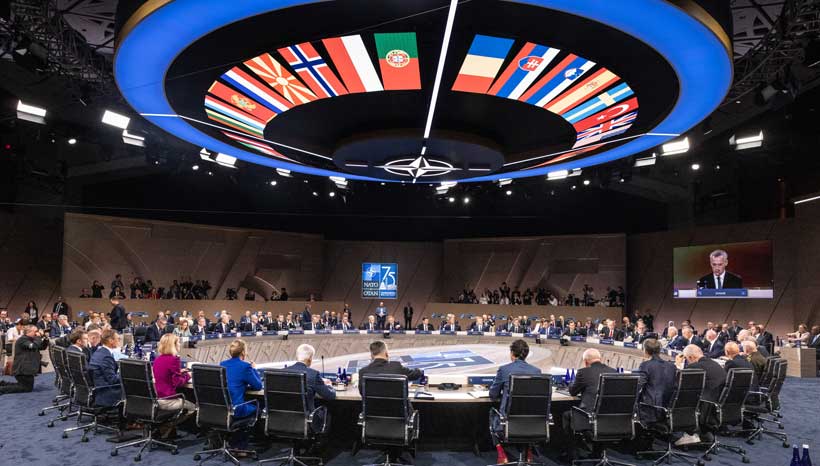PERSPECTIVE ON IMMIGRATION : Open the Door to Mexican Workers : A carefully drawn guest-worker program would help control our border and satisfyU.S. labor needs.
Frank del Olmo is deputy editor of The Times’ editorial pages.
President Clinton’s Mexican financial rescue package, which once looked so solid that it even had the support of House Speaker Newt Gingrich, Senate Majority Leader Bob Dole and other leading Republicans, is in trouble. It’s stalled in a House committee, and Gingrich is warning that it could be defeated if it is brought to a vote too quickly.
Everyone is blaming somebody else for this impasse. Gingrich faults Clinton for poor leadership of balky Democrats. White House spokesmen ask why Dole and Gingrich can’t keep the Republicans in line.
In fact, both sides share the blame. They clearly underestimated the ability of demagogues like Ross Perot and Pat Buchanan to turn the Mexican loan guarantees into a symbolic issue. By railing against the proposal as a “bailout” of Wall Street and corrupt Mexican officials, these demagogues play to popular prejudices against both Mexico and big business.
So saving the Mexican loan guarantees won’t be easy, but it’s important that it be done. If you think that problems like illegal immigration are bad now, wait and see how tough things will get along our southern border if the Mexican economy goes into the tank for a decade rather than the couple of years most experts estimate it will take Mexico to recover if the loan guarantees are approved.
What could the White House offer skeptics in Congress to sell the loan guarantees? How about a plan to end illegal immigration on the Mexican border?
It wouldn’t be easy, of course, but control of our southern border can be achieved over time, and with the cooperation of the Mexican government. But it would not be done in the way envisioned by Sen. Barbara Boxer (D-Calif.) and other members of Congress who are demanding that Mexico send more police to the border to stop emigration in exchange for the loan guarantees. That would be politically unpalatable in Mexico.
But controlling illegal immigration could be done if we negotiated an agreement with the Mexican government that would open U.S. borders to a flow of Mexican workers, as long as they register with the appropriate authorities and agree to leave once they are done working here. Their return could be guaranteed by withholding part of their pay, say 25%, until they are back home.
This idea will sound familiar to anyone who has studied the history of the Mexican border. It’s an updated version of the bracero program, which brought Mexicans into this country to meet the farm labor shortage during World War II; more than 4 1/2 million had been admitted legally by the time the program ended in 1964.
There were, unfortunately, many abuses in the bracero program. Corrupt officials on the Mexican side gave preference to workers who paid them bribes. And some U.S. farmers treated Mexican workers little better than slaves, paying low wages and forcing them to live and work under miserable conditions. Such abuses would have to be avoided this time around, but that could be more easily done than in the past. For one thing, even the poorest Mexican peasant is much more sophisticated about his labor rights nowadays. The Mexican government is also more sophisticated, and has experts in think tanks like Tijuana’s Colegio de la Frontera Norte who have been researching the flow of Mexican migrants for years and could advise both Washington and Mexico City on how to set up a viable guest-worker program. And, with all the focus on immigration issues in the United States these days, the news media and Latino activists would surely raise a hue and cry over any abuses that did creep in.
In fact, the only real roadblock one can imagine to such a reasonable proposal might come from some of the more ardent immigration restrictionists in this country. But, if arrest statistics are any indication, 50% to 60% of the illegal immigrants they keep screaming about are Mexican. So if they are legalized, we eliminate half of the “illegal alien problem” in one fell swoop.
Such a program might even find such unlikely champions as Harold Ezell, a former immigration official and co-author of Proposition 187, and Gov. Pete Wilson, its biggest champion. Both have suggested a guest-worker program as a means of meeting any labor shortages that can’t be filled by U.S. workers.
Let’s face it, Mexican workers are going to keep coming here despite Proposition 187 and other anti-immigrant measures, because jobs are waiting for them in certain sectors of the U.S. economy, like agriculture and light manufacturing. So why not put aside any pretense that we don’t want them and cut a deal with Mexico that will benefit both countries?

